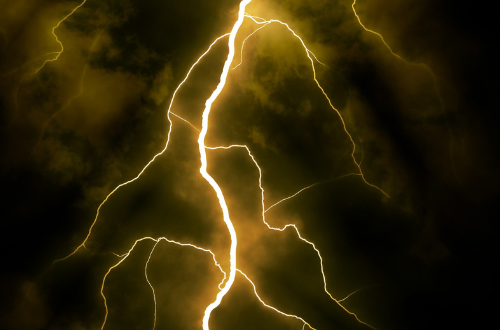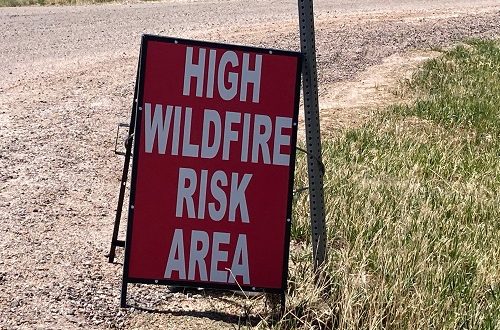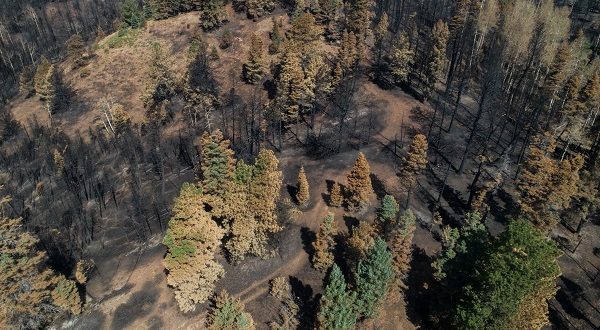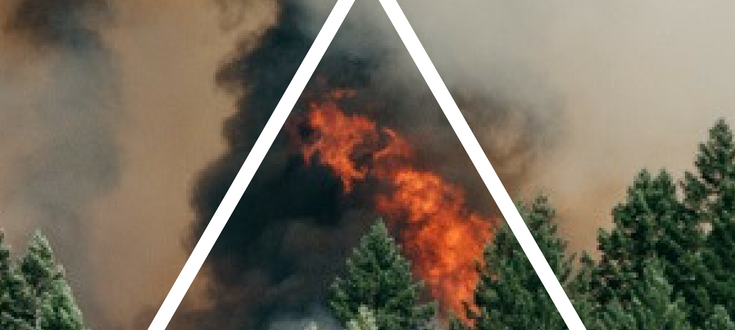Understanding how wildfires get started is key to reducing the risk of them. Forest fires can start from natural causes, and there is little you can do about them. However, there are also human causes, and these are the ones that we can all do a part in preventing. Lightning Striking the Tree One of the most natural reasons for fires to start is lightning striking a tree. This is usually a dead or diseased tree since there won’t be any moisture in them. However, the lightning can also strike healthy trees and cause problems. This is usually when lightning strikes without any rain or when the water has already absorbed due to the heat. Lightning strikes can’t be stopped.
(719) 400-9104
office@coloradomastication.com
Living in fire-prone parts of the U.S. will mean seeing certain signposts. These indicate the danger ratings of fires, whether you’re in an area with a low danger rating up to an extreme danger ratings. You’ll want to pay attention to the signs. They don’t just tell you the chances of a fire happening, but the chances of those fires being a huge concern for your family and your home. Different countries have different ratings, but we’re just looking at the U.S., which are Low, Moderate, High, Very High, Extreme. Low and Moderate Risks of Fire A “Low” rating is also considered Green. This is when the risk of a fire starting is low but it’s not impossible. However, it
When it comes to protecting your land from a wildland fire, you need to understand more about the natural situation heading your way. It’s important to understand how fires start, and what they need to keep burning. Wildland fires are natural. They start on their own, and they even have a place in the lifecycle of forests and woodland. It’s all about the “fire triangle.” What is the Fire Triangle? Wildfires will move fast in the direction of where there’s the most supply of the elements they need. The elements make up the fire triangle, so to control the fires, the triangle needs to collapse. This is how firefighters work to put out the fires. Heat, fuel, and oxygen make
Fire has a direct effect on the soil in areas. There are a variety of effects that can happen to the soil depending on the temperatures of the soil. However, many of these actions are necessary and helpful in the future. It’s important to understand the abiotic responses of fires. How Fires Affect the Soil Soil is affected through both the heating and combustion processes of fires. The temperatures during the combustion processes will affect what actually happens to the soil. The following can happen: • Evaporation of water at lower temperature • Combustion of soil organic matter • Formation of pyrogenic organic material, such as charcoal The nutrients in the soil can also change whether through oxidation, erosion, volatilization,
Fire mitigation is important for some parts of the United States. While it’s not designed to stop all fires, it helps to manage the intensity to reduce the risk to homes. However, fire mitigation comes with a cost. How much will homeowners need to spend for fire mitigation? What is the cost to the government? Here’s everything you need to know about the cost of fire mitigation. Costs of Fire Mitigation Depend on Lot Size The exact cost of fire mitigation will depend on the size of the property, topography, equipment used. It will also depend on the area, whether there is such a high risk of wildfires or not. This is to arrange for someone to come out to
Wildfires are devastating. They don’t just affect the homes of people, but the homes of the wildlife. These fires can destroy miles of beautiful forestry and put lives in danger. It’s important to understand why and how wildfires occur so you can do your part in preventing them. It takes three items to make a wildfire happen. The ignition source needs to come into contact with a combustible material, and to spread, it needs enough heat and oxygen. In cases of wildfire, the ignition source usually comes into contact with some vegetation and that spreads rapidly. The Heat Needed for a Fire Fires need the right temperature to burn and spread. At 450F, wood will release flammable gases, but it’s
Every year thousands of wildfires range across the United States. On the news and in the social media we see numerous pictures of exhausted firefighters, destroyed structures, ruined homes, and scorched forests. It is easy to start thinking about fires as a destructive enemy. But for many centuries wildfires have been a part of natural cycle of ecosystem. In the past wildfires occurred but they did not cause significant damage. Benefits of wildfires: Removing dead, diseased branches, trees, bushes, and grasses Preparing land for new growth. Maintaining healthy forest condition Controlling insect outbreaks and diseases It seems like with each passing year, the number of wildfires occurred continues to grow. Experts in the field offer several reasons: 1. One of






